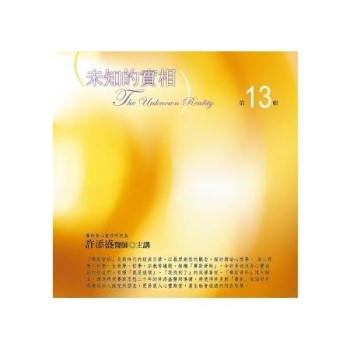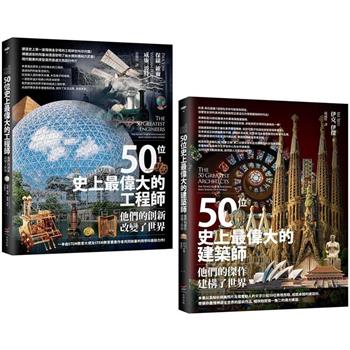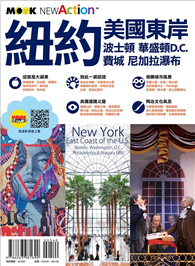Renaissance readers perceived the print book as both a thing and a medium - a thing that could be broken or reassembled, and a visual medium that had the power to reflect, transform, or deceive. At the same historical moment that print books remediated the visual and material structures of manuscript and oral rhetoric, the relationship between vision and perception was fundamentally called into question.
Investigating this crisis of perception, Pauline Reid argues that the visual crisis that suffuses early modern English thought also imbricates sixteenth- and seventeenth-century print materials. These vision troubles in turn influenced how early modern books and readers interacted. Platonic, Aristotelian, and empirical models of sight vied with one another in a culture where vision had a tenuous relationship to external reality. Through situating early modern books’ design elements, such as woodcuts, engravings, page borders, and layouts, as important rhetorical components of the text, Reading by Design articulates how the early modern book responded to epistemological crises of perception and competing theories of sight.












